Pokémon Legends Z-A: Interesting New Take on the Old HM Formula
HM, TM, and Pokémon, oh my
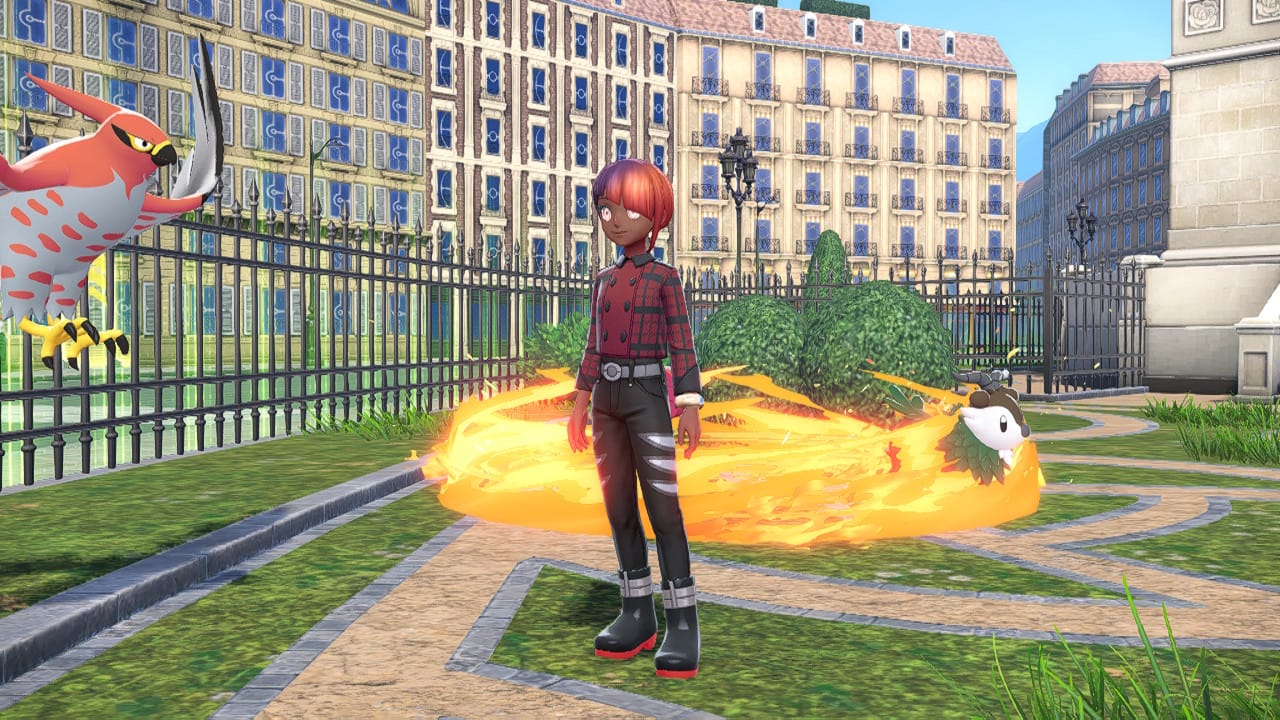
Pokémon Legends Z-A is the latest entry in Game Freak's monster-catching RPG franchise, bringing many interesting new takes on what the series is all about. While I'm still playing through it and enjoying the sights, there's one small aspect I'd like to talk about first: how the game reinvents the classic formula of HM field moves once again.
The Hidden Machines
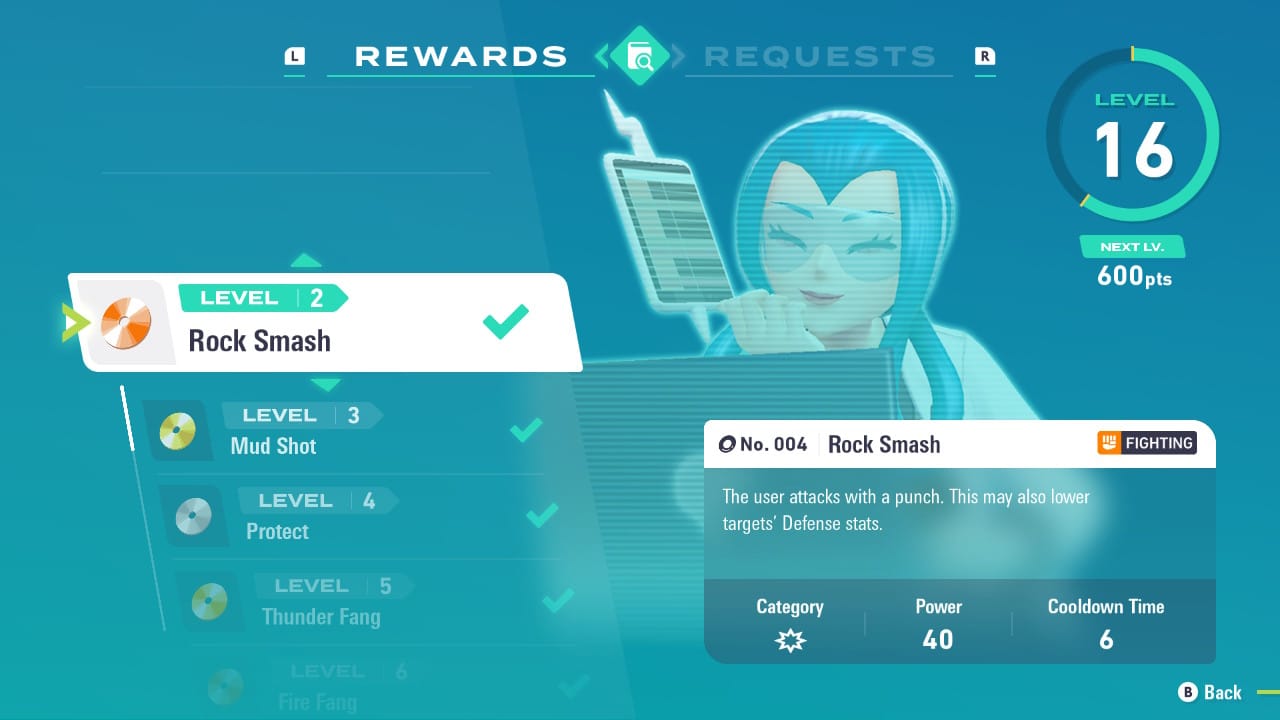
As part of exploring the various areas, Pokémon used to have a system called Hidden Machine (HM). Pokémon Sun/Moon replaced it with Poké Rides, with later games having their own versions as well. The idea was to have specific moves that could be used outside battles to progress through areas, making it so the player would cut down trees blocking the path and whatnot.
This system was a clever way of keeping the player from advancing too quickly and sequence-breaking the game, forcing players to progress through the gyms in the intended order. However, it was also a liability that limited the player's team composition options.
Since having monsters in your team with these specific moves was required to proceed, this created a phenomenon popularly known as "HM slave," or just having a dedicated team member to handle this situation. This ally would not even be part of the main team, but just a tool to deal with the pesky traversal obstacles.
Eliminating the HM system was liberating for players who didn't like the restriction, allowing them to further experiment with making unique teams and sticking to them throughout the whole game. However, it also meant losing the connection of having party members deal with practical traversal issues, often relegating it to hired services, like in Pokémon Brilliant Diamond/Shining Pearl's Hidden Moves Pokétch app or the Ride Pokémon of Sun/Moon.
Pokémon Z-A and Its Field Moves
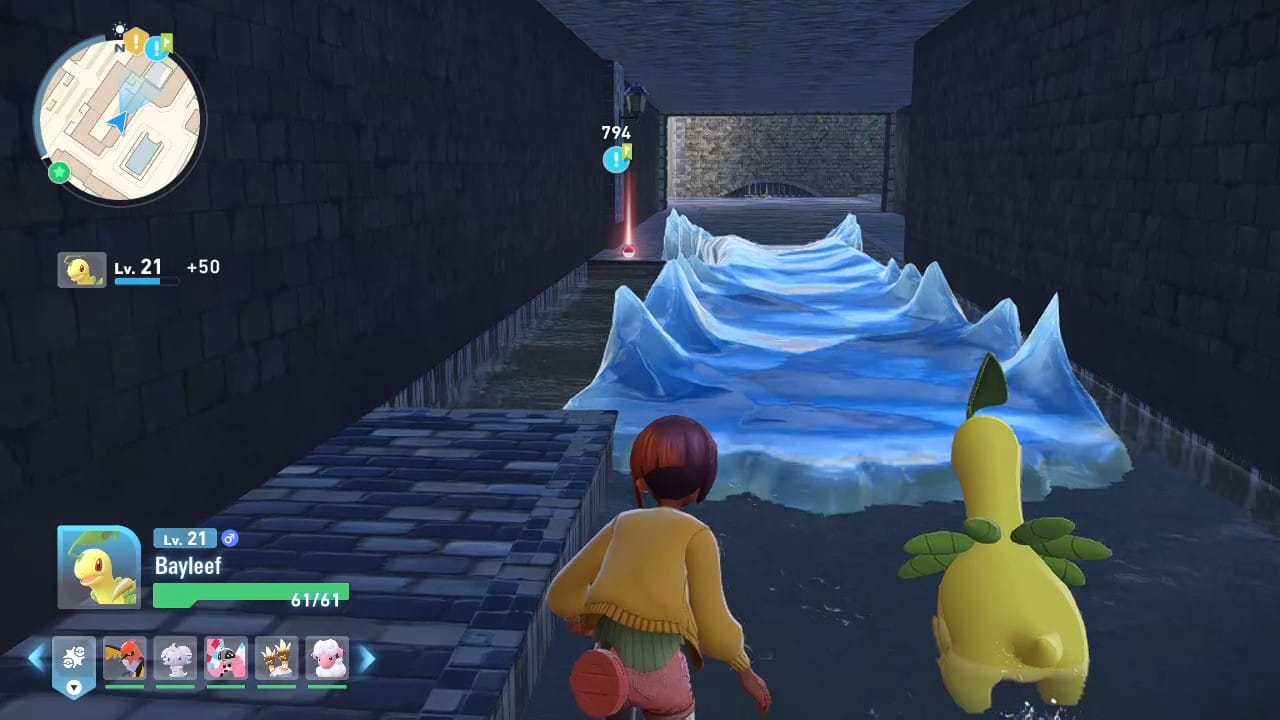
For Pokémon Z-A, right around the beginning of the game, the player has to meet the acting director of the Pokémon Research Lab, Mable, and get the TM Rock Smash. Just like in the old games, this can be used to destroy boulders that are blocking the path.
Besides the rocks, there are also other obstacles that can be found at times, including sludge piles and thorny overgrowth. It's also possible to create paths between two buildings or over water bodies by opening a web or ice trail, respectively.
The big novelty here is that, instead of having to use a specific move, there's a pool of options now. As long as a player's partner has an attack that can burn or cut, it's possible to handle the thorny plants. For sludge, a water or psychic skill may do the trick.
As a result, it's really easy to have at least one skill that can accomplish the task, and if the player doesn't, it's hardly an issue that can keep them from progressing. These traversal gimmicks keep players from reaching areas in exploration, but not from advancing the story itself.
Freedom to the Moves
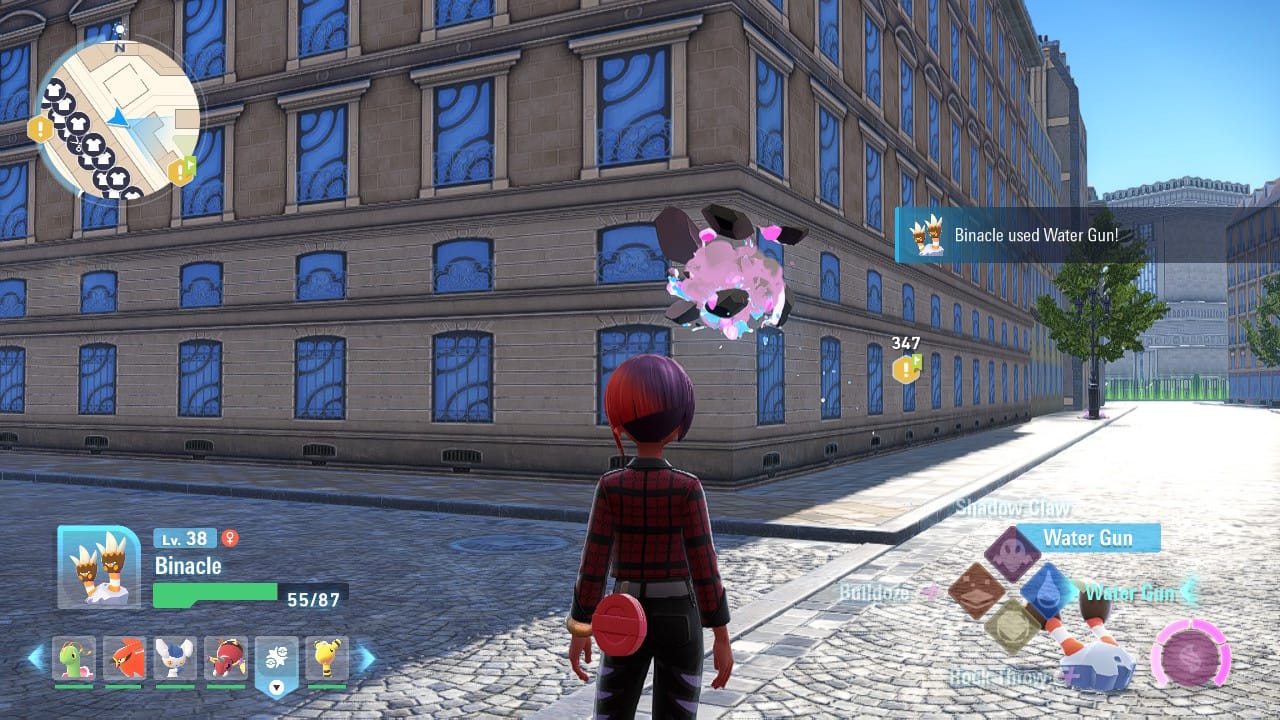
Furthermore, there are no longer any major restrictions to moveset change like there were originally in the series. Back in the day, HMs had very specific rules, like only being erased by a Move Deleter NPC. This was likely meant as a security measure so that players wouldn't just end up locked in an area they reached with no way back.
In the same vein, HMs had infinite uses so that the player would always have a way to teach them again to a Pokémon. On the other side, there were the TMs (Technical Machines), which included other moves that the player could teach compatible Pokémo. These were much more limited, so that it was a strategic option to use them on a specific partner.
Just like HM's obligatory usage created the HM slaves, TMs' limited usage ended up making them more used by competitive players rather than general players. Scarcity often made them into one of those items that are just kept inside the inventory, never to be used, something RPG fans with a penchant for stocking up on resources are familiar with.
This whole concept was changed back in Generation V (which started with Pokémon Black/White), with TMs also having infinite uses so that players were more willing to use them. The games after that toyed with these concepts, eventually removing HMs entirely from the process (Sun/Moon) and reintroducing single-time usage move learning but making the items much more readily available (Sword/Shield).
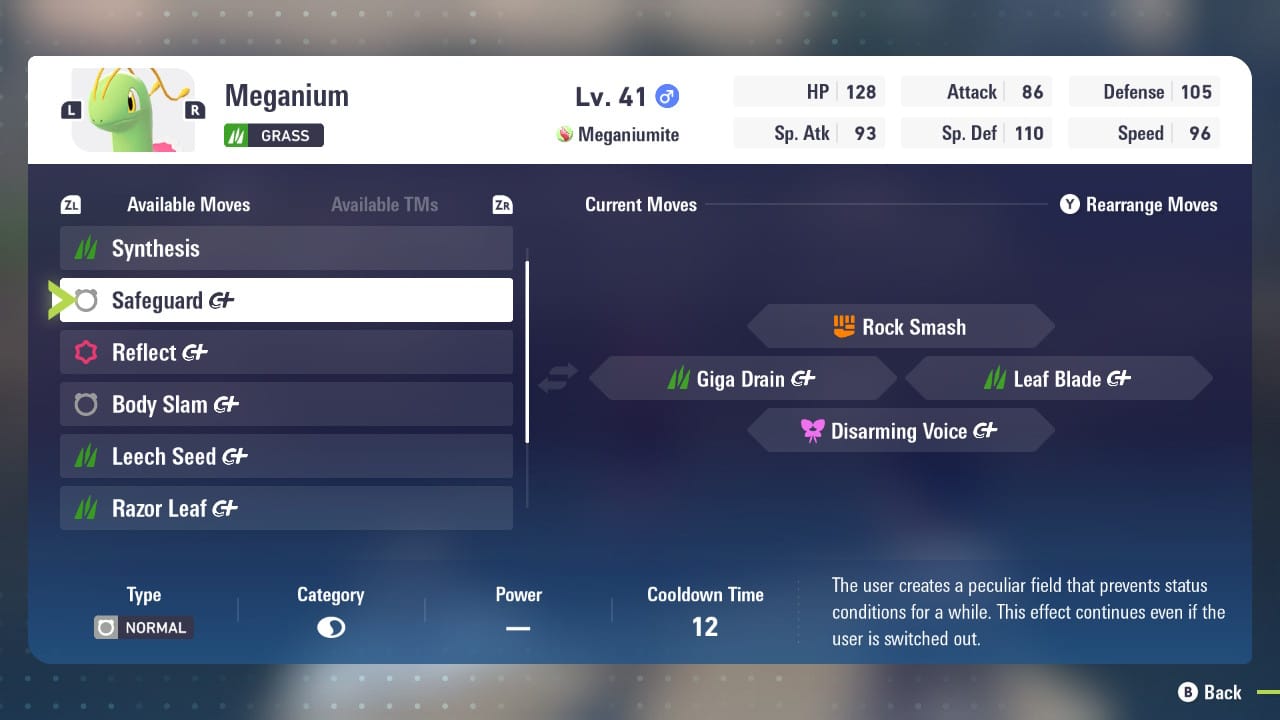
For Pokémon Legends: Z-A, we again get infinite TM uses, but it also comes along with a much more practical interface. Moves are now permanently stored as ideas that the creature can forget and learn again at any time, a feature it inherits from Legends Arceus and Scarlet/Violet.
As a result, every time a Pokémon learns a new move, whether through leveling up or a TM, it's always possible to move it around and rearrange your strategy. While the game sticks to the restriction that a Pokémon can only have four moves at a time, which has been the staple since the franchise's inception, the ability to freely adjust moves makes it much easier to change strategies.
For the field use of moves, this means that as long as a Pokémon has learned an attack, it'll be possible to make the necessary changes to use it to clear an obstacle. As the box that contains more Pokémon is also accessible at any time except for in the middle of battles, even if it's necessary to bring out an ally that's not part of the team at the moment, it's hardly an issue to have a Pokémon available to handle obstacles.
The Missing Surf
There's one specific aspect that the game doesn't account for and, considering the series' history, it feels like a significant oversight. In every main game in the series, it was a huge part of the game that the player would have to cross bodies of water using the Surf move or an equivalent, like the swimming forms of Scarlet/Violet's legendary Pokémon.
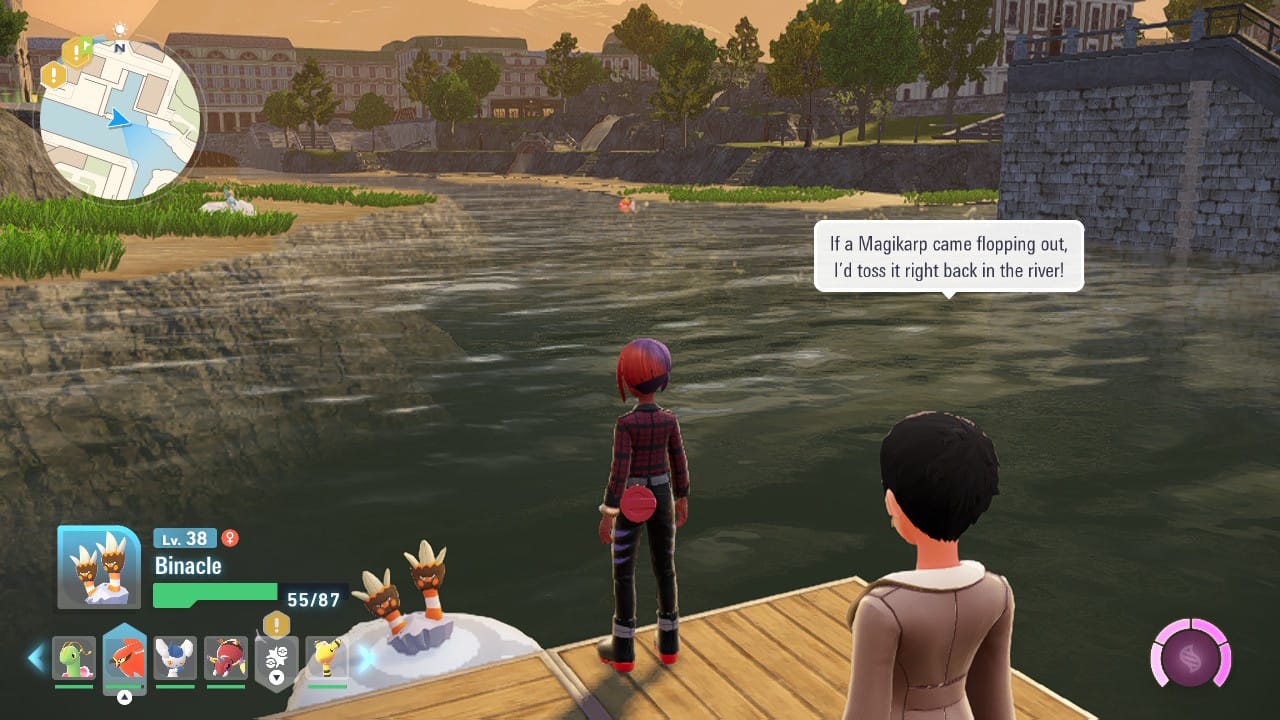
For Pokémon Legends Z-A, there's nothing of the sort, leaving players to walk around the lakes and rivers of Lumiose City. There are Pokémon in there, like Magikarp and others of water-type, but the player's interaction with the water is from the sidelines, only throwing Pokéballs and their partners to attack. When a close combat move is used, the attacker may travel on top of the water, whether by jumping in directly or using a buoy item like the one in Scarlet/Violet.
There's a significant difficulty to putting this back in the series, which is also part of the reason that substituting HMs for Poké Rides was a smart way to cut production costs. Back when the system was available, instead of seeing the creatures themselves, there was a generic icon for surfing that was the same for every Pokémon (with some exceptions, like Sharpedo in Omega Ruby/Alpha Sapphire).
As the franchise continued and graphics became more detailed in 3D, this generic representation felt at odds with the improvements. The result was that it made more sense to create a single Pokémon that would be used instead, as making every single partner option possible would be very demanding in time and resources. From a programming standpoint, they'd have to make many riding models, which gets even less feasible when every game in the series would introduce even more allies.
On the other hand, the substitution for the function in the classic HM Fly was very easy by simply teleporting the player to the area they wanted with no animation. Quick travel has become quite common in big open-world games, so this is by no means a surprising element, but it's interesting to note the difference, as it was the other major staple in the franchise.
A New Possibility for Moves
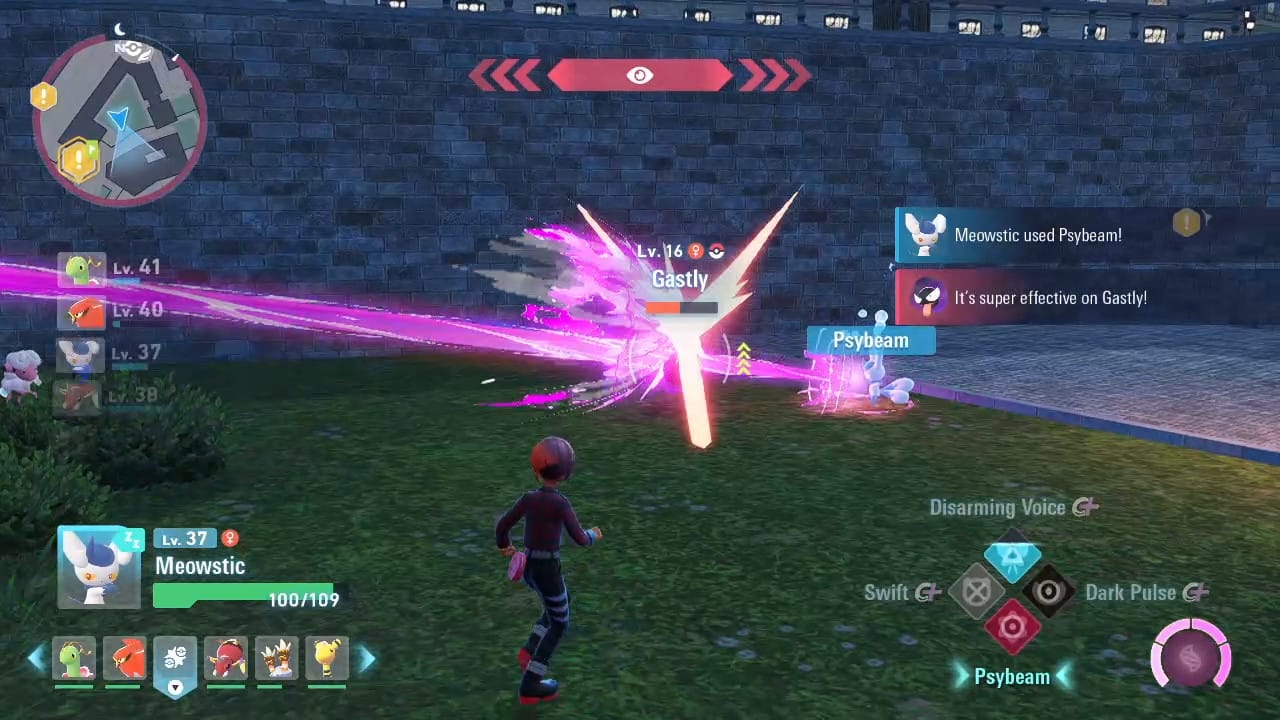
Pokémon Legends Z-A's use of TMs as a way to interact with the world once again is a remarkable way to reconnect the series with what had once been a major aspect of progressing through the regions. However, it's not just a rescue of an old staple, but a thoughtful new way to present it.
Having a large pool of options to deal with obstacles rewards players for trying out different moves. It may seem like a small detail at first, but it goes a long way into making the world feel more immersive and alive when moves have practical applications beyond battle.